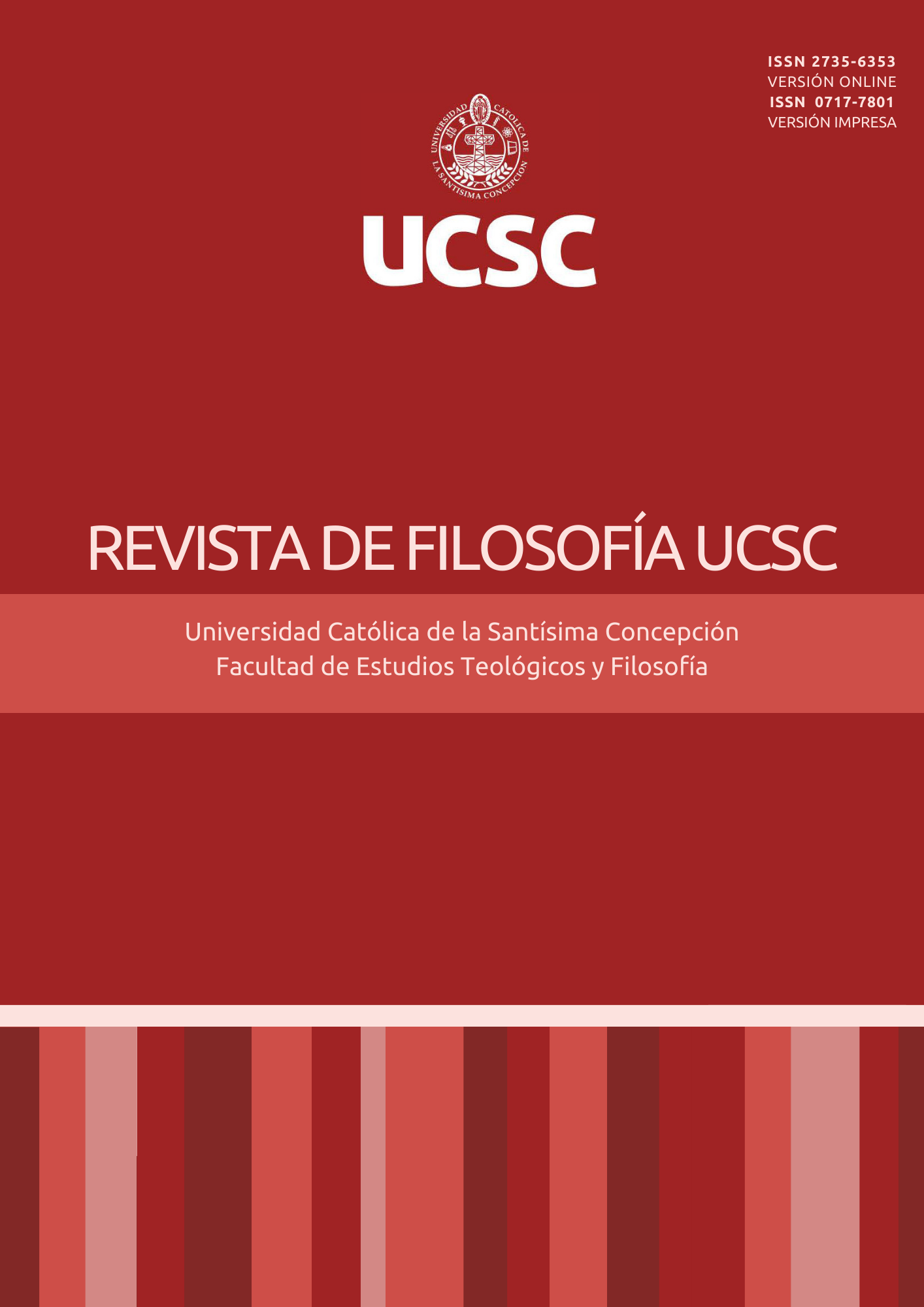The doppelgänger phenomenon in "The Strange Case of Dr. Jekyll and Mr. Hyde"
Main Article Content
Abstract
The article aims to analyze the phenomenon of the doppelgänger within the work "The Strange Case of Dr. Jekyll and Mr. Hyde" (2015) by Robert Louis Stevenson (1850-1894). This phenomenon gained great prominence in 19th-century literature as a literary device that continued to be present in later works. Therefore, it is deemed pertinent to initiate an ethical dialogue on this subject, by revisiting this narrative that introduced the doppelgänger phenomenon to the reading public. Initially, we will describe what the doppelgänger is and then trace its presence within Stevenson's work, highlighting its most relevant elements. Lastly, the aim is to delve into this theme of the double and relate it to an ethical debate that can emerge from it, using this literary work to provoke self-reflection on our ethical existence in society and considering those more reprehensible aspects of our humanity embodied in the doppelgänger. Finally, we extend this analysis by drawing from Blaise Pascal's "Pensées" (1918), which can help us delve into the existential aspects of the human condition and morality.
Article Details
Section

This work is licensed under a Creative Commons Attribution-NonCommercial 4.0 International License.
The Revista de Filosofía UCSC is an open access journal and does not charge for publication. In addition, it regulates its Copyright and access policy according to the Creative Commons Attribution-NonCommercial 4.0 International Public License (CC BY-NC 4.0), therefore sharing (reproducing and distributing the material in any medium or format) and adaptation (modifying, transforming, and creating from the material) is allowed as long as proper credit is given and the citation is included with the corresponding data. Moreover, it is not allowed to use the material for commercial purposes.
How to Cite
References
Béguin, A. (1989). Pascal. Fondo de Cultura Económica.
Cifuentes J. y Torres J. (2019). “Reflexiones en y para la enseñanza de la historia de la ética”. Hallazgos 16(31), 167-186. https://doi.org/10.15332/s1794-3841.2019.0031.07
Cuadros-Contreras, R. (2019). “Ética y formación de investigadores: la importancia de las virtudes y la sabiduría práctica”. Revista colombiana de educación 1(79), 223-242. https://doi.org/10.17227/rce.num79-7972
Fonseca, T. (2007). “The doppelgänger”. En S. T. Joshi. (ed.), Icons of horrors and the supernatural an encyclopedia of our worst nightmares. (pp. 187-213). Greenwood Press.
García-Huidobro, J. (2005). El Anillo de Giges. Editorial Andrés Bello.
García, M. (2019). “Los espejos y el doppelgänger en el cine y la literatura”. Nexum, 23(114), 12-13. https://www.unla.mx/experiencia-unla/publicaciones#
Gómez, J. Giraldo, C. (2019). “De la ‘Cura amoris’ en Pascal, un vistazo ético-antropológico a ‘Les Pensées’”. Escritos, 27(59), 198-221. Http://dx.doi.org/10.18566/escr.v27n59.a01
Huidobro, V. (1941). Ver y Palpar. Ediciones Ercilla.
Kubrick, S. (Director). (1987). Full Metal Jacket [Nacido para matar] [Película]. Warner Bros Pictures.
Malishev, M. (2009). “Blaise Pascal: el enigma de la caña pensante”. La colmena, 64, 59-67. https://lacolmena.uaemex.mx/article/view/5852
May, W. (2018). “Through the Cheval-Glass: The Doppelgänger and Temporal Modernist Terror in The Strange Case of Dr. Jekyll and Mr. Hyde”. Supernatural Studies 5(1), 121-13. https://www.supernaturalstudies.com/previous-journal-issues/vol-5-issue-1/may
Mijail, M. (2009). Blaise Pascal: el enigma de la caña pensante. La colmena, 64, 59 – 67.
Pascal, B. (1981). Pensamientos. Alianza.
Pennington, J. (1994). “Textual Doubling and Divided Selves: The Strange Case of Dr. Jekyll and Mary Reilly”. Journal of the Fantastic in the Arts, 6(2-3), 203-216.
Stevenson, R. (2015). El Extraño caso del Dr. Jekyll y Mr. Hyde. Espasa.
Vega, N. (2022). “El tema del doble en tres narradores de la Generación del 50”. Letras 93(138), 33-43. https://doi.org/10.30920/letras.93.138.3




